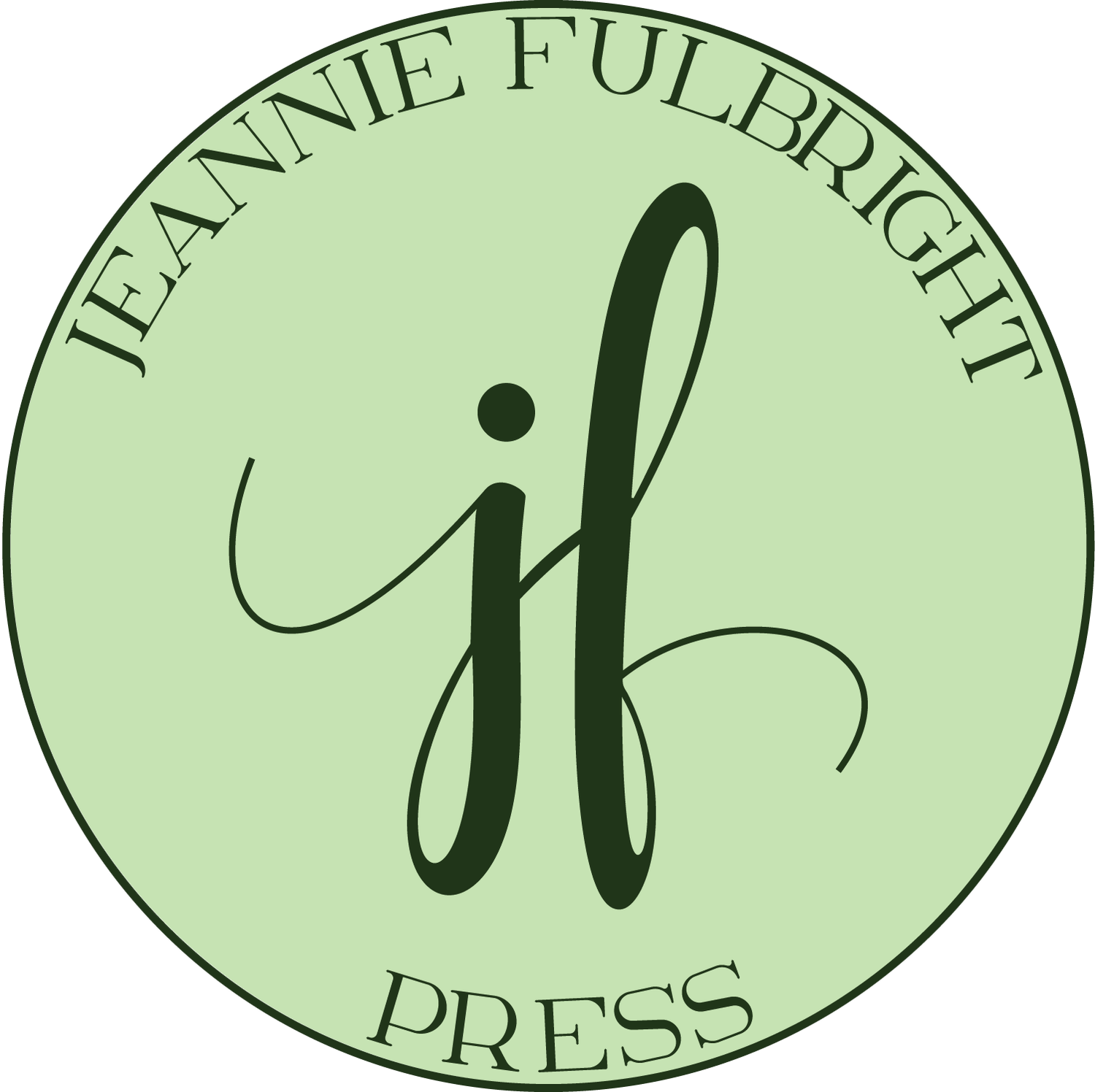How to Teach Spelling Using Copywork
We’ve learned from the last two blogs that copywork is worth its weight in gold. Yet, there’s even more value to be mined from copywork lessons.
You can use copywork to teach spelling!
Charlotte Mason tells us that we need to help our children develop the habit of seeing words. And you know how it goes—habits, habits, habits. So many habits to train! Thankfully, the habit of seeing words is an easy one if we simply focus on it before and during copywork each week.
There’s a simple and effective way to teach spelling using copywork, and Charlotte Mason tells us how. She says the whole secret of spelling lies in the habit of visualizing words from memory.
SEEING AND IMPRINTING WORDS
Before writing a word, the child should look at it carefully to develop the habit of seeing the word and the punctuation around it in his mind's eye. Once he can picture the word as it is written, with his eyes closed, he's ready to copy the word. He should continue seeing each word in his mind correctly as he copies them until he can copy the entire passage with correct spelling.
An unfortunately common and faulty practice for teaching spelling is to dictate a list of words before the child has imprinted on his mind a picture of each word correctly spelled. After giving the words, the teacher will often draw a red line under the spelling errors, then have the children correct the spellings in various ways. Charlotte Mason says this is not only wrong, but will assuredly train our children to be poor spellers, or illiterate spellers as she calls it.
Once the eye sees a misspelled word, the image stubbornly sticks in the mind's eye.
You may have found this to be true yourself. Is there a word, even to this day, that you continually misspell? If so, then you have a permanent picture of the wrong spelling in your mind.
An error made and corrected leads to questions for the rest of one's life as to which is the wrong way and which is the right way to spell the word. Once the eye sees a misspelled word, that image remains.
It is the teacher's job to prevent wrong spellings. If an error has been made, hide the misspelling from the child's sight so that the impression may not become fixed.
Charlotte Mason tells us that the gift of spelling depends upon the power of the eye to take a detailed picture of a word. This work of photographing words is a habit that must be cultivated in the child from the very first. It is trained through copywork and through reading.
Charlotte Mason believed children of all ages should practice slow and careful reading so as to develop the power of spelling. Illiterate spelling, she tells us, is often a sign of sparse, rapid, uncareful reading. While reading, children should focus their attention on unfamiliar words and photograph the words in their mind before moving on.
Any child can become a natural speller by developing this habit.
As with all habits, this must be encouraged regularly to become a standard practice. Charlotte Mason says the picturing of words upon the retina appears to be the only road to accurate spelling.
NOTEBOOKING AND SPELLING
You may wonder how a child can continue to use notebooking before spelling is solidified. The fact is, with notebooking, we are training a completely different skill—the skill of composition, the ability to compose one’s thoughts into words on a page. If a child misspells words while notebooking, it does not leave the same impression because he is not focusing his attention on each word as he does during copywork or reading. The child’s focus is on moving the material from mind to matter, from thoughts to paper.
I did not correct the spelling on my children's notebook pages because notebooking was done in subjects like history and science. It was not part of their language arts training. Notebooking is an opportunity for children to express their learning in their own unique way—calling upon memory and creativity. This develops thinking skills and neural pathways—which promote comprehension and retention.
A child may create a comic strip of Columbus crossing the Atlantic, or a For Sale sign to list the amazing features of the Earth, or a lift the flap book describing animal classification. Gradually, his single words become sentences which become paragraphs which eventually become essays. There may be misspellings, but spelling is not the focus, nor the purpose—composition is the goal.
When I saw a misspelled word, I didn’t call their attention to it because I didn’t want to focus their attention on the misspelling and away from the writing.
If I noticed a common misspelling of a word they needed to know, I put the word on a special list to train in photographing the word. For example, in my Zoology 1 course, the word proboscis will come up again and again. To train the child in the spelling of this word, follow these steps:
Write the word legibly and large on a white board.
Ask the child to study it until he can see the word with his eyes closed.
Once he’s confirmed that he has a photograph in his head of the word, wipe it off the board.
Ask him to come to the white board and write the word.
If a wrong letter is added, erase it quickly before the impression becomes stuck—and, as they say, go back to the drawing board.
Continue this process until he can write the word correctly.
It’s that simple. This is how we train spelling. It is done through copywork, slow reading, and, when appropriate, across the curriculum.
In truth, spelling happens naturally for most children. By the age of 10 or 11, most kids have a fairly decent grasp on spelling. If, however, if you have an older child who was taught spelling incorrectly resulting in a head full of misspelling photographs, be assured there is a way to retrain his spelling. I’m not talking about a child who still spells phonetically. I’m talking about a child who has an imprint of the wrong spelling in his mind. For example, the word they is always spelled “thay,” or the word does is always spelled “doez.” Errors like this reflect the picture that has been memorized.
This is especially common for children with dyslexia, but can happen to any child. If you see this with your child, reach out to me for a PDF I created to remediate this issue with spelling.


